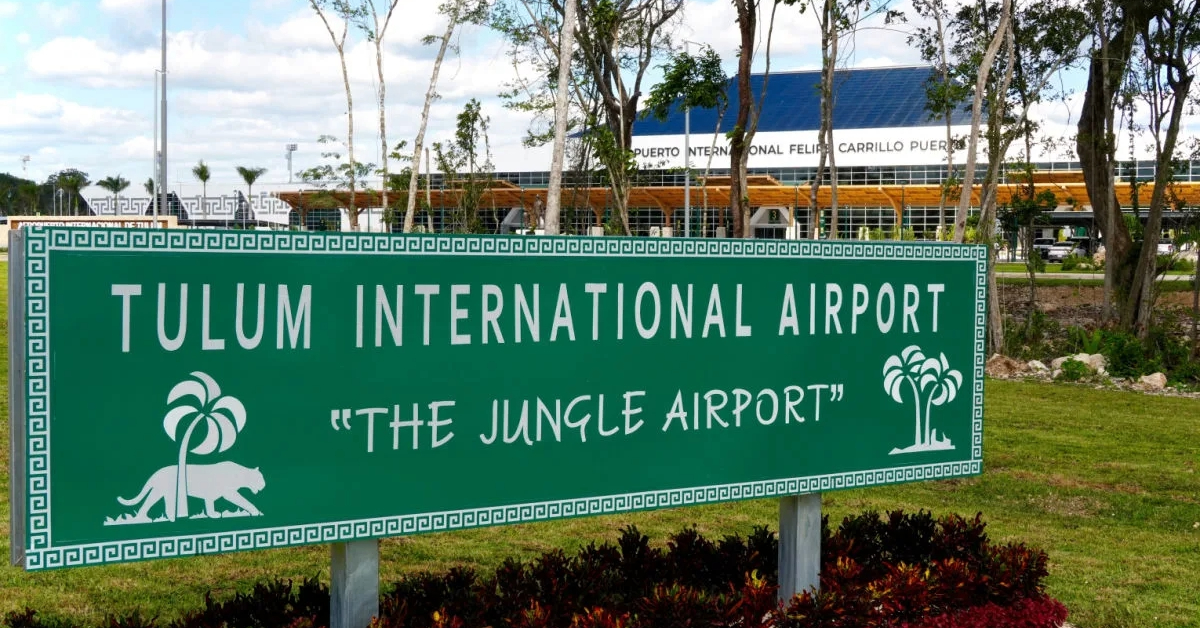With flight cancellations at Tulum’s airport, officials in Quintana Roo explore new airline incentives to attract global carriers and revive tourism. The Felipe Carrillo Puerto International Airport in Tulum is facing a downturn in traffic following a wave of seasonal flight canc…







